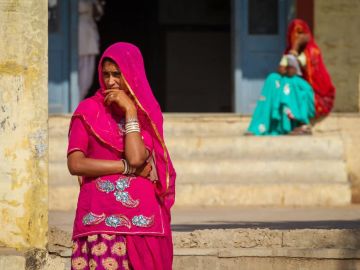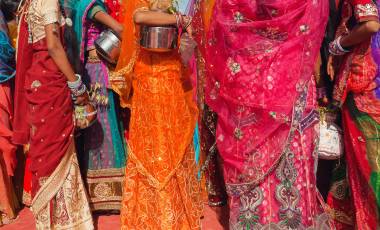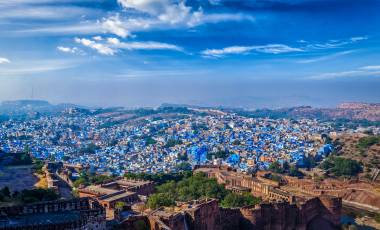India is a remarkable place to visit for many reasons, but one of the most compelling is the richness of its culture. This is one of the few countries left on Earth with a living classical culture, unbroken since ancient times. You can visit an ancient Hindu temple and watch rituals that have been performed in the same place, in the same way, since the dawn of time.
But India is also a thriving, bustling, modern country. The same pandit (or priest) who performed the ancient ritual might very well take a smart phone out of the pocket of his robe and check his email.
It’s this juxtaposition of old and new that makes the culture of India so fascinating. Here’s a look at some traditions in India that still flourish today: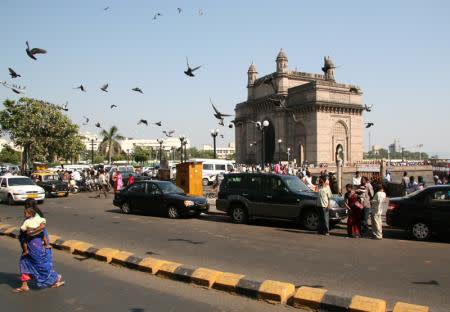
Mumbai
Mumbai is India’s most densely-packed, fast-paced and westernized city. Like New York, it throbs with life night and day, but the beat moves to a time-honored rhythm. Mumbai offers an intriguing juxtaposition of old and new culture, and you can spend days just wandering the city, soaking it all up.
If you’re lucky, you may stumble upon the tiffin-wallahs (delivery boys who ferry stacked stainless-steel bowls of food home-cooked by wives to their husbands’ office) outside Churchgate train station. Often illiterate, these delivery men were made famous by the movie The Lunch Box, which centers around a rare meal mix-up.
The dhobis of Dhobi Ghat wash clothes in open-air tubs and hang them out to dry (as they have been for about 140 years), right within sight of one of the city’s main train stations, Mahalaxmi. While there, you can visit the 200-year-old Mahalaxmi Temple, one of the most famous in the city, and partake of traditional Hindu rituals, such as offering lotus flowers to the goddess Lakshmi.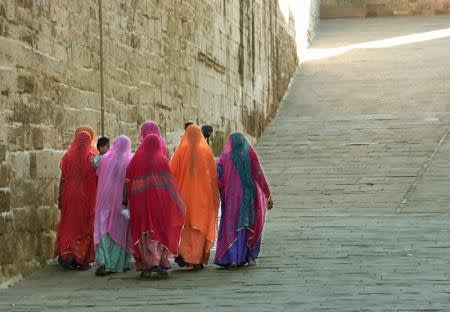
Rajasthan
Colorful Rajasthan is India’s most popular state with tourists for a reason. It’s everyone’s idea of “fantastical India.” The men wear out-sized turbans, the women wear neon-bright saris, camels and peacocks abound, and fairytale forts rise from the baked earth of the desert.
In Rajasthan, the traditional culture of India is very much alive and well, showcased in lots of lively festivals. Many people know of the Pushkar Camel Fair, but Jaipur is party town for the Elephant Festival on Holi and during the three-day Teej Festival in summer. Teej is a woman’s festival that celebrates marital bliss and the onset of the monsoon rains. Women dress up, dance, sing and enjoy swinging on traditional swing seats.
The desert state is also home to a cornucopia of traditional crafts. Block printing on cotton dates back to the 12th century, and you can visit block-printing workshops and buy beautiful clothing made with this technique. Jaipur is an important center for gem stones and several types of jewelry making, including enamel work. You can even visit a wholesaler, custom-making your own jewelry from semi-precious stones as a treasured souvenir.
Delhi
Delhi is India’s capital, and the favorite city of many Indian travelers. A lot of it has to do with the city’s wealth of historical riches.
At least seven major empires have made their capital in this strategic spot on north India’s Yamuna River. Each has left behind monuments, tombs, forts and, in the case of the British, an entire planned city: Lutyens Delhi. There are three UNESCO World Heritage Sites here – Qutab Minar, Humayun’s Tomb and Red Fort – and Delhi recently applied for the prestigious tag of a World Heritage City.
As in all of India’s metropolitan areas, the traditional and modern co-exist in a state of dynamic harmony here, and you can easily find traditional culture. This is especially true when you visit the historical monuments, during festivals, at special occasions like weddings, and in particularly colorful neighborhoods (such as Old Delhi).
Mughal emperor Shah Jahan, famous as the builder of the Taj Mahal, moved his capital from Agra to Delhi in the mid-17th century. He built the Red Fort as his power base directly opposite the Chandni Chowk (a.k.a. Moonlight Square). Whatever poetic intention he had for Chandni Chowk has been obfuscated by the masses of people, tangled webs of electrical wires and a profusion of shops, as well as every conceivable vehicle known to man.
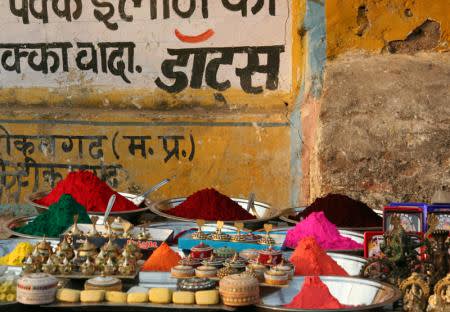
But it’s here in crowded Chandni Chowk that you will find so much of traditional Indian culture. It’s here that all brides venture for wedding paraphernalia. It’s here that foodies gather for famous street snacks, such as parathas at Paranthe Wali Galli, freshly made jalebis, and sweets and chaat at Haldiram’s.
There is an old saying about Delhi: Whosoever builds their capital here will lose it. It has proved true over and over again. But luckily for us, all those lost empires left behind a wealth of rich traditions for those who are open to the magic of India’s culture to enjoy.
